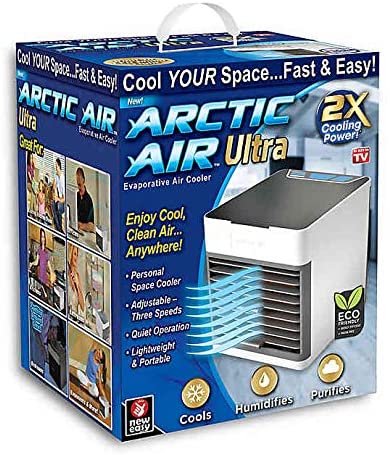

See the Men's Arc'teryx Atom LT Hoody See the Women's Arc'teryx Atom Hoody A Close Second (With Greater Breathability) 2. And a final note: The women’s version of this jacket is simply called the Atom Hoody, but features the same overall design and materials as the men’s Atom LT Hoody. Most of all, we love the versatility: the Atom LT works great as an outer layer or midlayer, and it’s one of the best options on this list for everyday wear. We’ve worn the Atom LT during all kinds of outdoor activities from hiking and biking to cross-country skiing, so how does it compare? The Arc’teryx isn’t quite as breathable as the Patagonia Nano-Air below and other performance-centric synthetic jackets, but the Coreloft Compact insulation and stretchy fleece side panels still work well for active use.


And with its most recent update, Arc’teryx incorporated a more durable face fabric, a longer hem, and improved cuffs, making our favorite synthetic jacket even better. Unlike the Patagonia Nano-Air below that has a softer shell and interior fabric, the Atom is tougher and shows less wear over time. This synthetic jacket absolutely nails the essentials: you get impressive warmth for the weight, supreme comfort, a useful feature set, and a sleek design. What we don’t: Breathability could be better.Īrc’teryx makes some of the top jackets and shells on the market, and the Atom LT Hoody is perhaps their most well-known model. What we like: Great mix of warmth, mobility, and comfort. Best Ultralight/Packable Synthetic Jacket: Patagonia Micro Puffīest Overall Synthetic Jacket 1.Best Budget Synthetic Jacket: Cotopaxi Teca Cálido.A Close Second (With Greater Breathability): Patagonia Nano-Air Hoody.Best Overall Synthetic Jacket: Arc'teryx Atom LT Hoody.For more background, see our comparison table and buying advice below the picks. Below are our picks for the best synthetic jackets of 2022, from lightweight pieces designed for cool fall and spring weather to winter parkas that can handle the toughest four-season conditions. With the choice of both types in our gear closet, we find ourselves consistently reaching for our favorite synthetic jackets for just about everything but lightweight backcountry pursuits where every ounce counts. You don’t get quite as high of a warmth-to-weight ratio as down, but synthetic jackets resist moisture, can breathe better, and are more cost-efficient. Or is it a lightly insulated shell? Regardless, what separates it from the Nano air is the exterior shell material.If you’re looking for a jacket that offers solid warmth at a good value, synthetic insulation is the way to go. It’s a waterproof–breathable and insulated puffy. The new Patagonia Stretch Nano Storm takes on the task with good marks for breathability and adds protection from the elements to its list of features all while remaining light and packable.įor those familiar with the Nano Air Hoodie, the Stretch Nano Storm adds a supple and stretchy 2-layer waterproof/breathable outer shell fabric with a highly breathable liner and the same lightweight synthetic insulation found in other Nano Air products. The trick is to find a synthetic puffy that’s warm enough for your climate and compact enough to pack easily. Down is arguably warmer, but over the course of a day (and season) a synthetic puffy just handles the rigors of abuse better. I’ve developed a preference for synthetic insulation versus down over the years due to synthetics’ resilience in regard to being wet or dry, packed and repacked and generally abused day in and day out all winter. It’s the layer that keeps you warm during breaks or transitions and offers a safety margin should you end up having to wait out a repair, deal with an injury or adjust to changing weather. Patagonia Stretch Nano Storm Patagonia Stretch Nano Storm vs Nano AirĪn insulated jacket is on the must-have list for backcountry skiing.


 0 kommentar(er)
0 kommentar(er)
